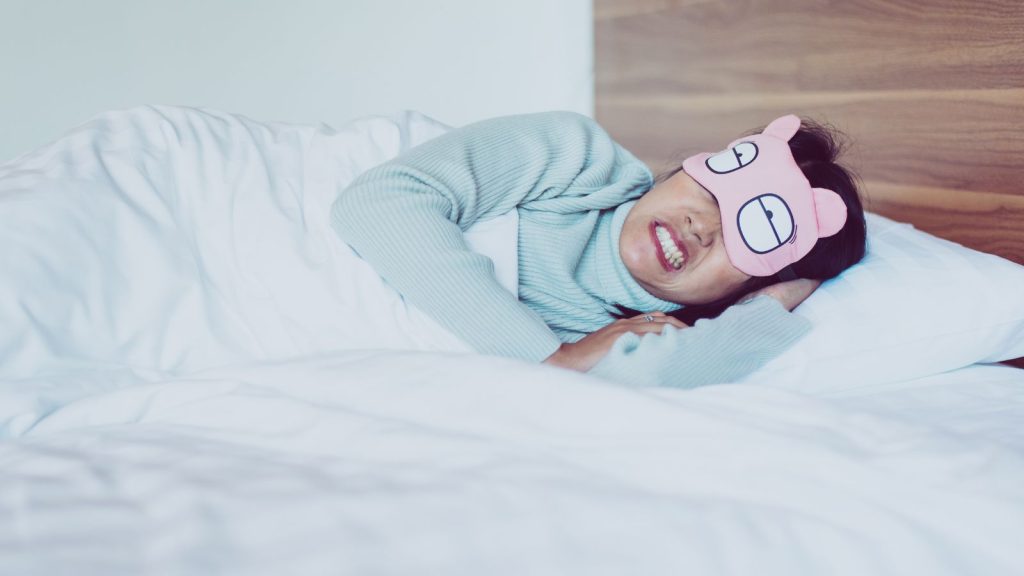Sleep is a mysterious state that occupies about a third of our lives. While we may think of it as a time of rest and quiet, our bodies and brains are actually quite active during sleep. From physical movements to mental processes, a lot goes on while we’re snoozing. Some of these occurrences are common and harmless, while others can be signs of underlying issues and some have no obvious cause at all.
One of my nephews, for example, was a regular sleepwalker, who would perform all kinds of complex but everyday tasks while being sound asleep, while another nephew (from a different sibling) had regular night terrors. And I myself occasionally experience exploding head syndrome, lucid dreaming, and false awakenings.
Sleep Talking
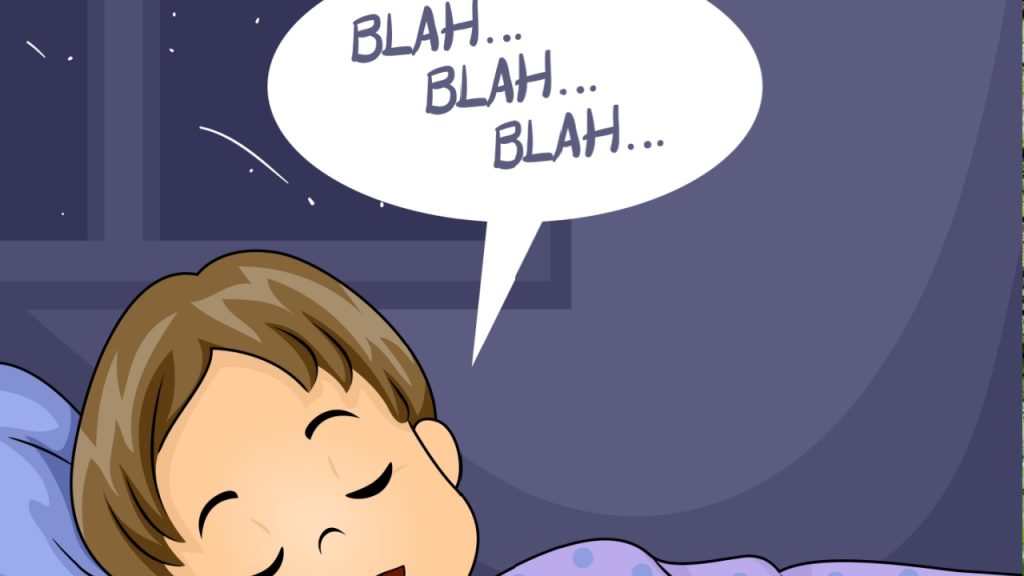
Sleep talking, or somniloquy, is a common sleep behavior that affects many people. It can range from simple mumbling to full sentences and even conversations. While sleep talking is usually harmless, it can sometimes reveal subconscious thoughts or concerns. The content of sleep talk is often nonsensical and shouldn’t be taken seriously.
Sleepwalking
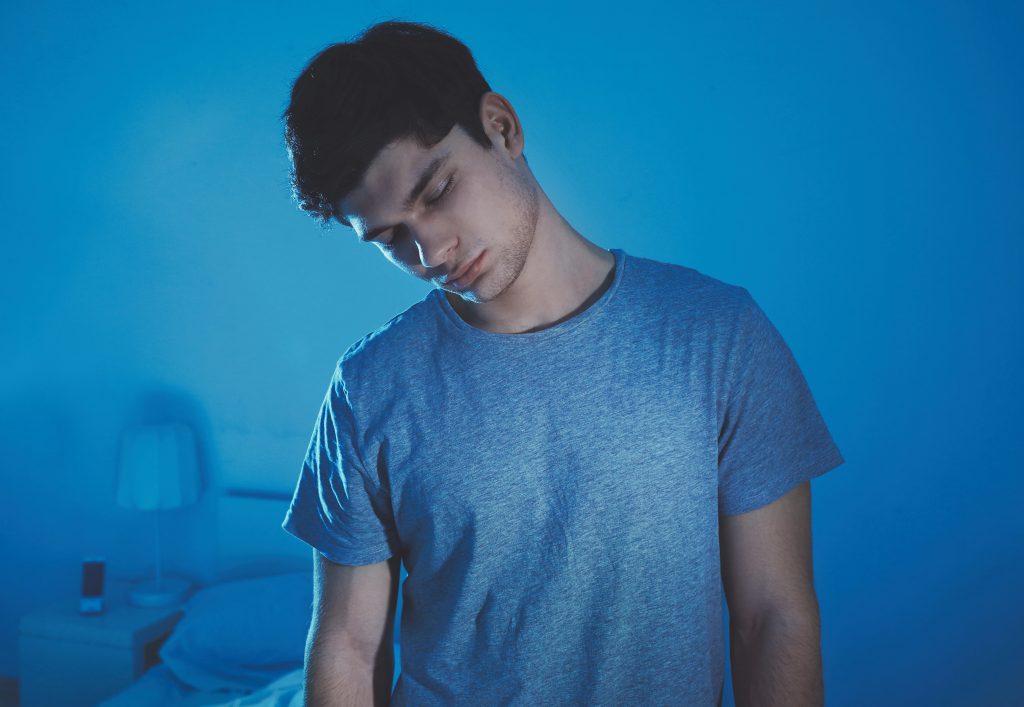
Sleepwalking, or somnambulism, involves getting up and walking around while still asleep. It’s more common in children but can affect adults too. Sleepwalkers may perform complex actions like opening doors or even driving a car. While it’s generally safe to gently guide a sleepwalker back to bed, waking them suddenly can cause confusion and distress.
Grinding Teeth
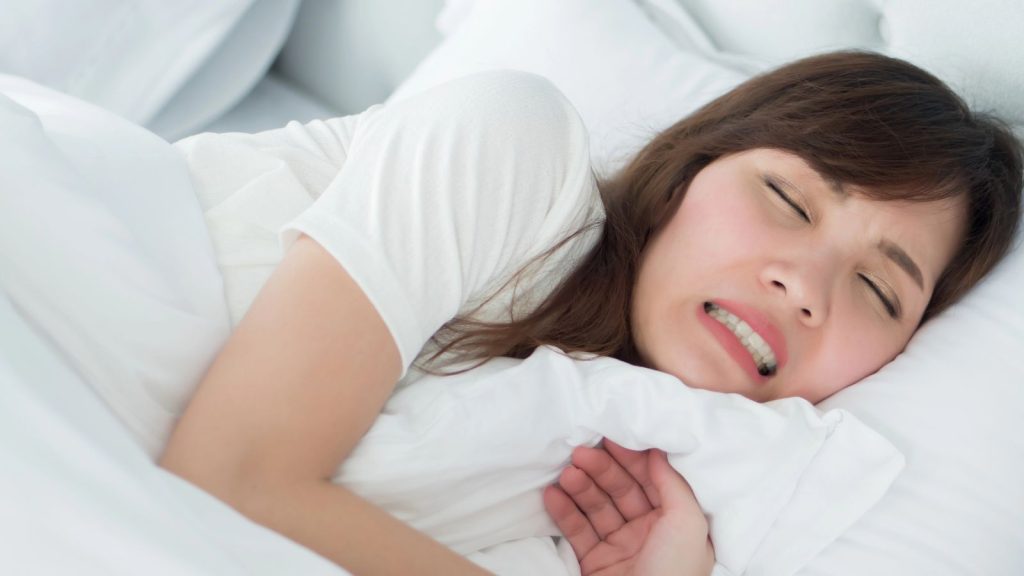
Many people grind their teeth during sleep, a condition known as bruxism. This can lead to jaw pain, headaches, and worn-down teeth over time. Stress and certain medications can trigger teeth grinding. Dentists often recommend wearing a mouthguard to protect teeth from the damaging effects of nighttime grinding.
Sleep Paralysis
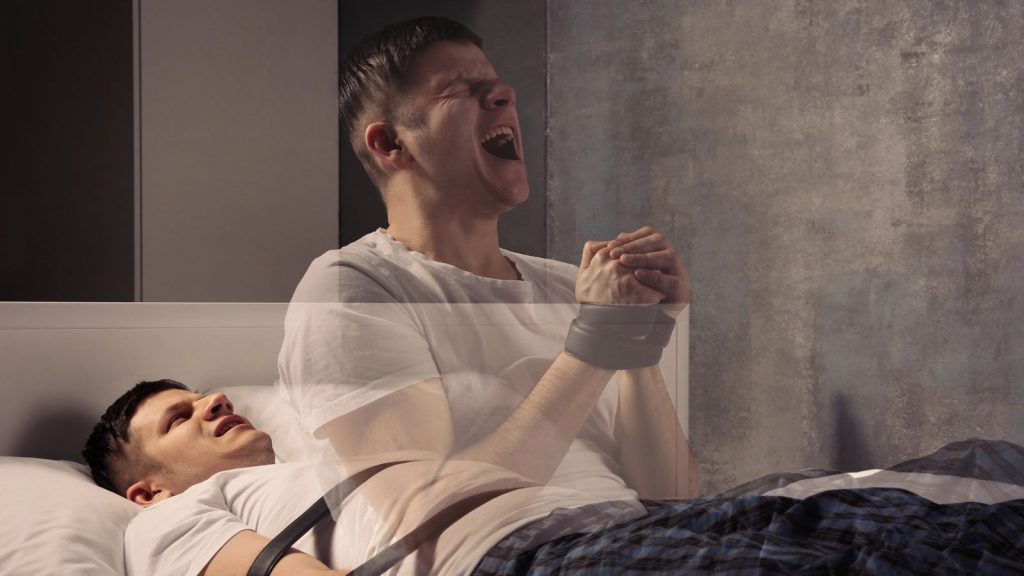
Sleep paralysis is a temporary inability to move or speak that occurs when falling asleep or waking up. It can be accompanied by a feeling of pressure on the chest and sometimes hallucinations. While scary, sleep paralysis is harmless and usually lasts only a few seconds to minutes. It occurs when the brain awakes from REM sleep before the body regains movement.
Hypnic Jerks
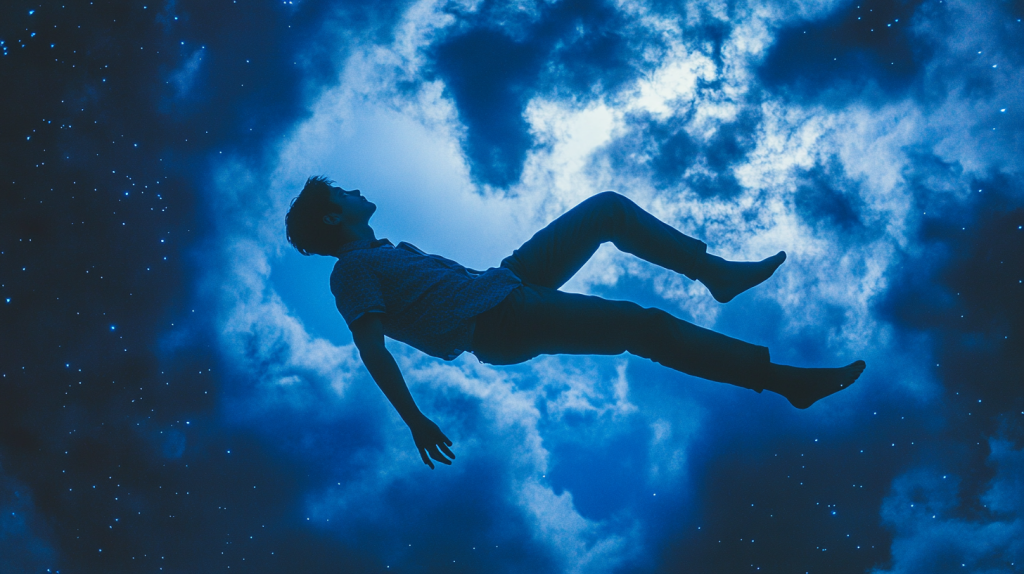
Hypnic jerks are sudden, involuntary muscle twitches that can occur as you’re falling asleep. They’re often accompanied by a falling sensation. These jerks are completely normal and harmless, affecting up to 70% of people. They’re thought to be caused by the brain misinterpreting muscle relaxation as falling.
Lucid Dreaming
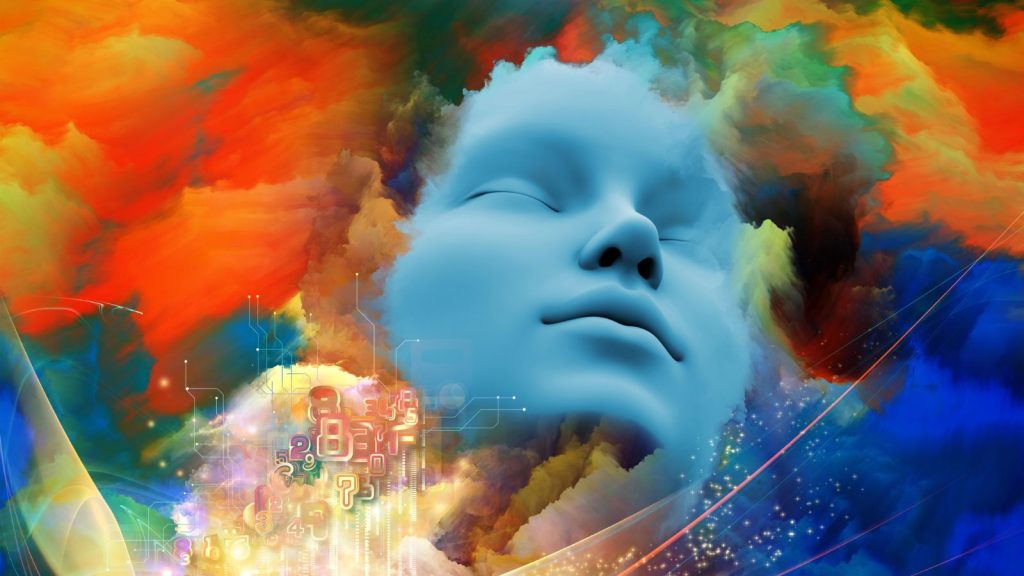
Lucid dreaming is when you become aware that you’re dreaming while still asleep. Some people can even control their dreams in this state. While not everyone experiences lucid dreams, techniques exist to increase the likelihood of having them. Lucid dreaming can be a fun and insightful experience for many people.
Night Terrors
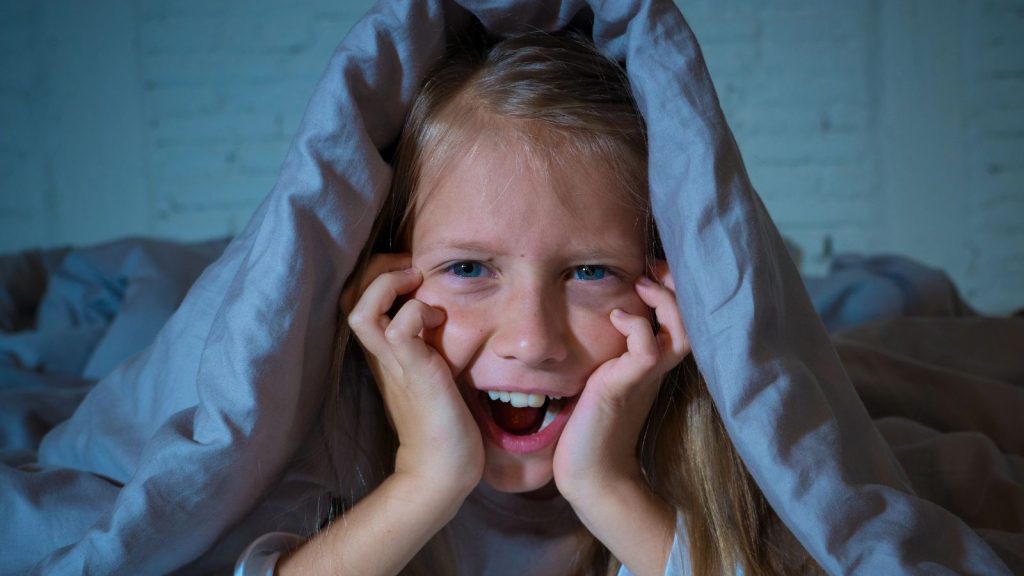
Night terrors are episodes of intense fear and panic during sleep. Unlike nightmares, people usually don’t remember night terrors upon waking. They’re more common in children and can involve screaming, thrashing, and rapid heartbeat. Night terrors typically occur during non-REM sleep and can be triggered by stress or lack of sleep.
Sleep Eating

Some people engage in sleep eating, consuming food while not fully awake. This can lead to weight gain and potentially dangerous situations in the kitchen. Sleep eating is often linked to sleep medications or eating disorders. If you suspect you’re a sleep eater, it’s important to consult a doctor for proper diagnosis and treatment.
Exploding Head Syndrome
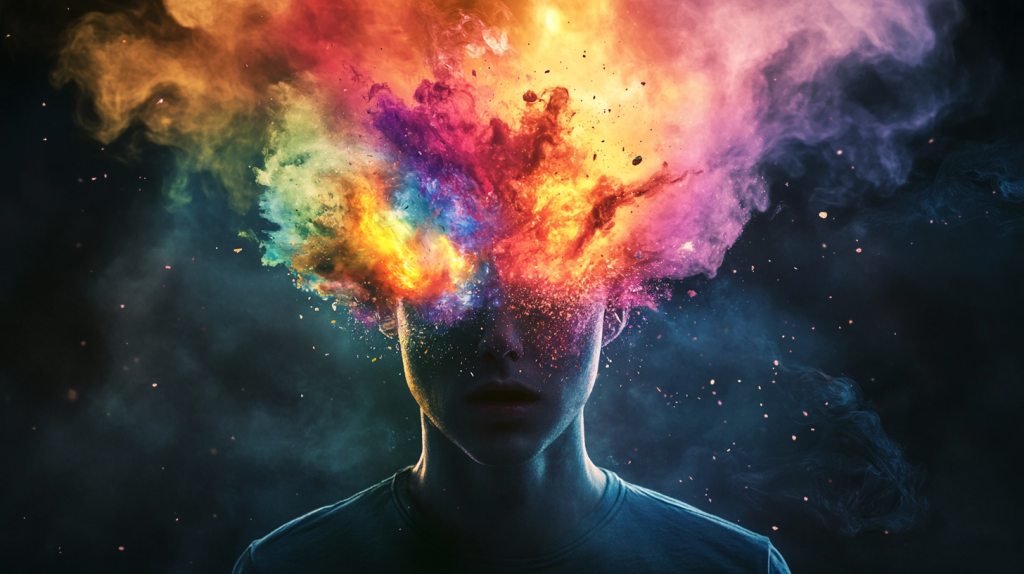
Despite its alarming name, exploding head syndrome is harmless. It involves hearing a loud noise or explosion in your head just as you’re falling asleep or waking up. While startling, it doesn’t cause pain and is thought to be related to stress or sleep deprivation. Many people experience this phenomenon occasionally.
Sleep Texting
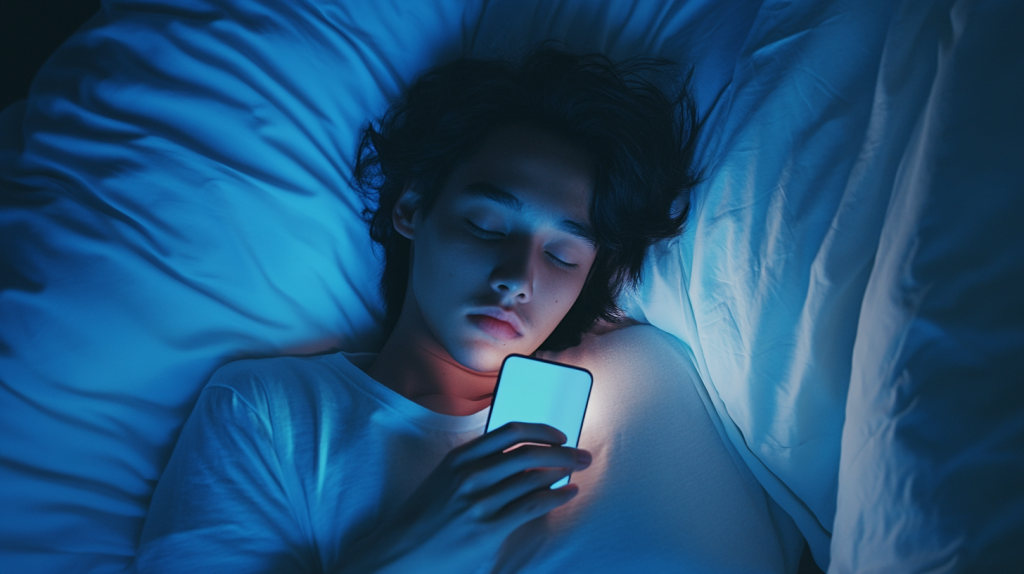
In our connected world, some people send text messages while asleep. Sleep texting can lead to embarrassing situations or reveal subconscious thoughts. It’s often triggered by having your phone nearby while sleeping. To prevent sleep texting, try keeping your phone out of reach during the night.
REM Sleep Behavior Disorder

REM sleep behavior disorder (RBD) causes people to physically act out their dreams. This can involve kicking, punching, or jumping out of bed. RBD can be dangerous for both the sleeper and their bed partner. It’s more common in older adults and can sometimes be an early sign of neurological conditions like Parkinson’s disease.
False Awakenings
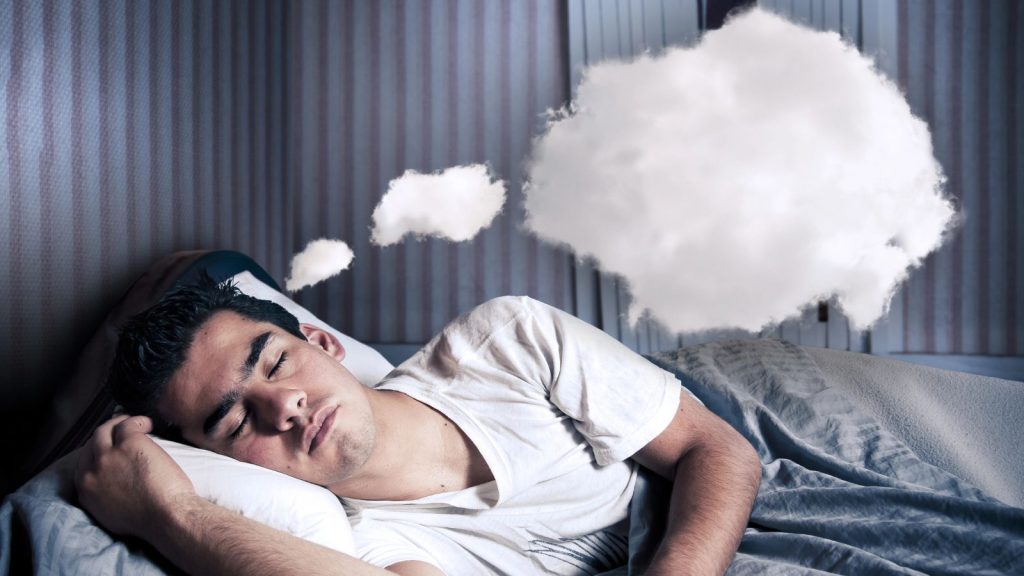
False awakenings occur when you dream that you’ve woken up, only to realize later that you’re still dreaming. This can happen multiple times in a row, creating a dream-within-a-dream scenario. False awakenings can be confusing and sometimes distressing. They’re often associated with lucid dreaming and sleep paralysis.
Sleep Driving

In rare cases, people have been known to drive vehicles while asleep. This extremely dangerous behavior is usually linked to sleep medications. Sleep driving can result in accidents and legal consequences. If you suspect you might be sleep driving, it’s crucial to seek immediate medical attention and stop taking any sleep aids.
Nocturnal Seizures
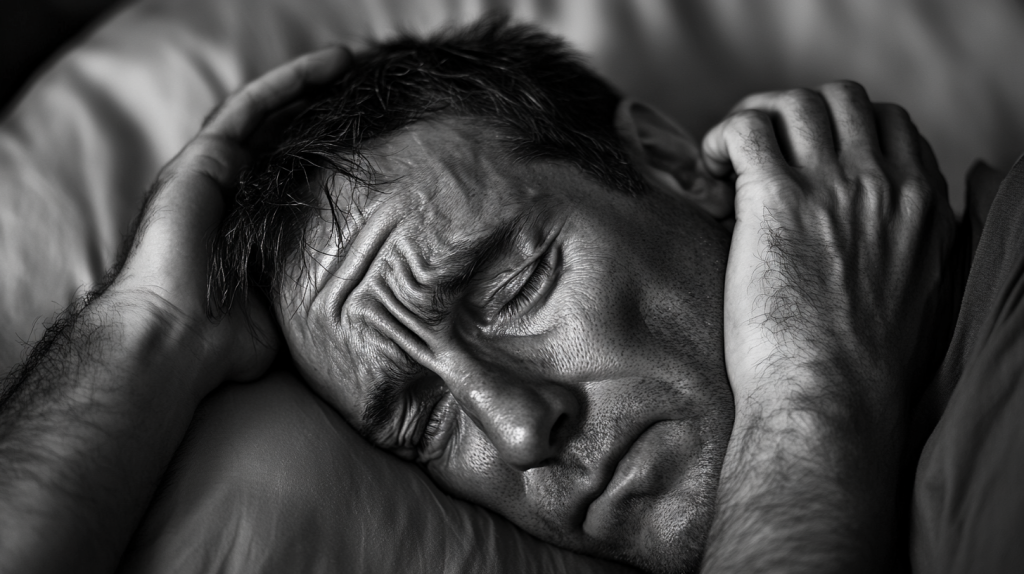
Some people with epilepsy experience seizures during sleep. These nocturnal seizures can be difficult to detect but may cause unusual movements, vocalizations, or bedwetting. Nocturnal seizures can disrupt sleep quality and potentially lead to injury. If you suspect you’re having seizures in your sleep, consult a neurologist for proper diagnosis and treatment.
Katy Willis is a writer, master herbalist, master gardener, and certified canine nutritionist who has been writing since 2002. She’s finds joy in learning new and interesting things, and finds history, science, and nature endlessly fascinating.
